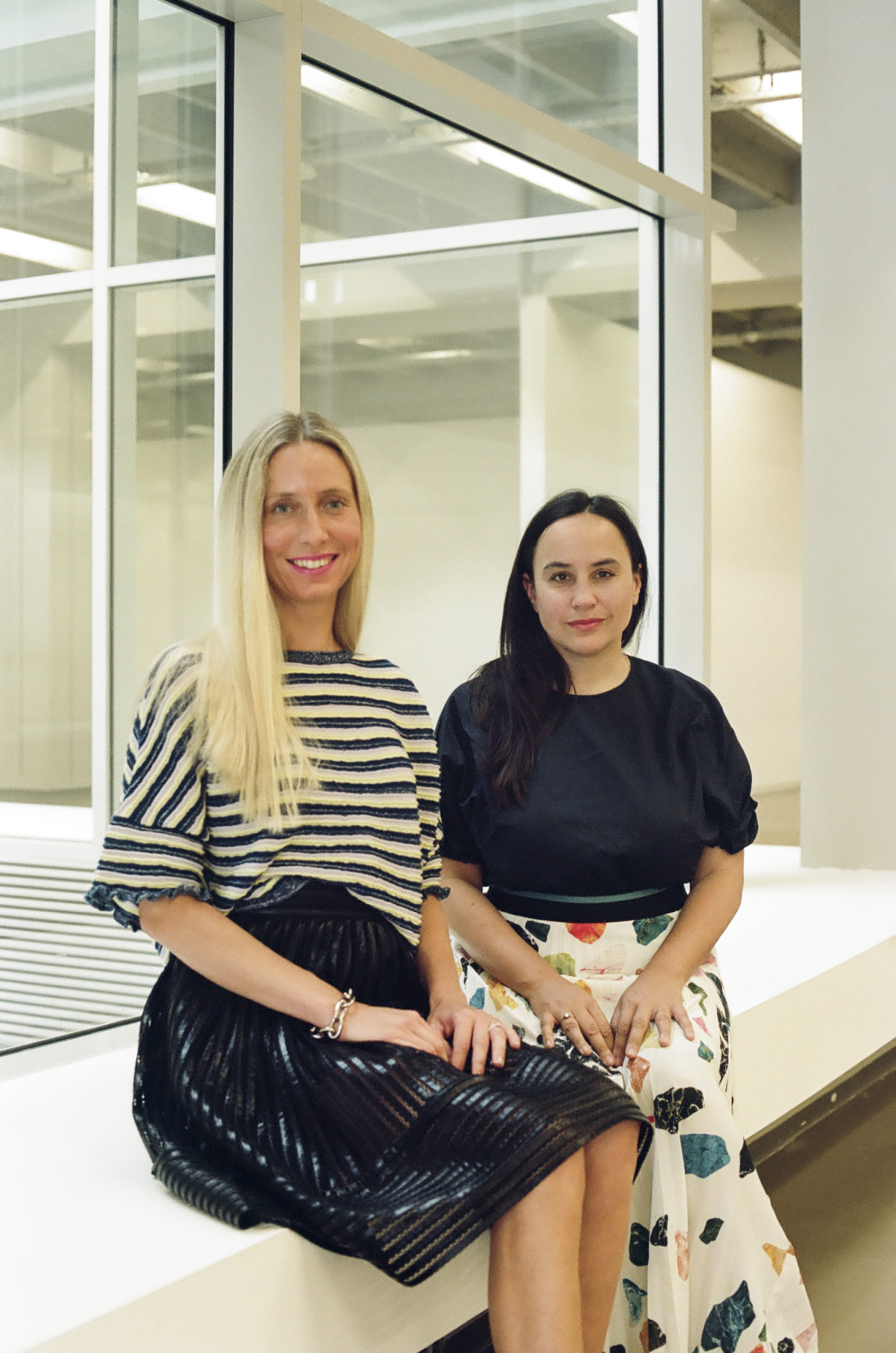Returning to Brussels’s historic Vanderborght Building next week is the third edition of the annual COLLECTIBLE gallery fair. A newcomer to the ever-saturated international design calendar, this event stands apart by only exhibiting 21st-century wares and embodying the avant-garde approach that continues to define its hometown.
On view from March 5 to 8, COLLECTIBLE is set to bring together 40 of the world’s leading emerging and established galleries. In addition, the fair will host a number of special exhibitions that highlight young experimental talents. This year’s roster includes Atelier Jespers, Rademakers Gallery, Todd Merrill, ToolsGalerie, Ben Storms, Charlotte Kidger, Christian + Jade, müsing-sellés, Naz Yologlu, Philipp Weber, Sayar & Garibeh, Sophia Taillet, STUDIO RAW MATERIAL, Sight Unseen, and Ben & Aja Blanc (featured in AN Interior Fall 2019). AN Interior’s editor Adrian Madlener spoke to COLLECTIBLE’s founders Clélie Debehault and Liv Vaisberg about what makes this event different.


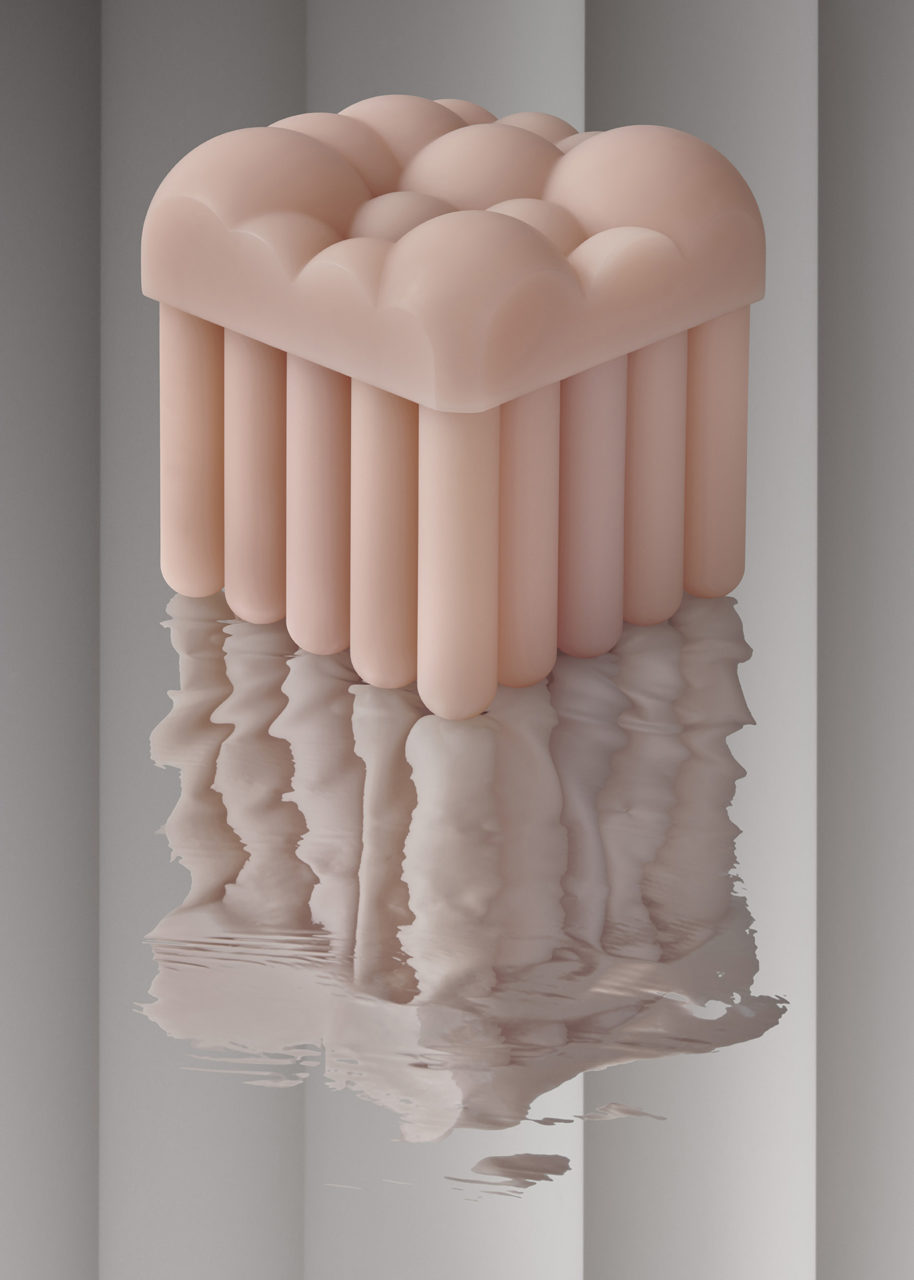
AN Interior: Catching up to the art market, the collectible design industry continues to grow with new events, exhibitions, collaborations, etc. What makes COLLECTIBLE unique?
Clélie Debehault: Our concept is simple. We are the only fair purely dedicated to contemporary collectible design. We don’t show vintage or historical pieces. Our goal is to create an efficient platform that caters to and sheds light on this output. In turn, we seek to stimulate a market that supports this type of collectible design. COLLECTIBLE is Belgian by origin but global in its reach.
AN: Talk about the fair’s structure and how this model is beneficial to young talents. What’s new this year?
Liv Vaisberg: Spread across six floors of a former furniture department store, built in the 1930s, the fair presents work in a museum-like setting. A central atrium that runs through each level makes for a natural flow between the different booths and exhibitions. Joining our main program this year are new initiatives like Bespoke, which educates collectors on how to commission pieces, and Curated Section, which spotlights young designers who do not yet have representation.
The Food Design section will provide this overlooked facet of the field with a dedicated platform. We will also be hosting a dinner food experience on opening night that will cover the entirety of the exhibition space.
CD: New exhibitors this year include Barcelona’s Side Gallery, Eindhoven’s Galerie KRL, Moscow’s Fābula gallery, Geneva and New York’s Galerie Philia; special projects by Italian platform DiSé and Venice Biennial Golden Lion for Lifetime Achievement winner Jimmy Durham.

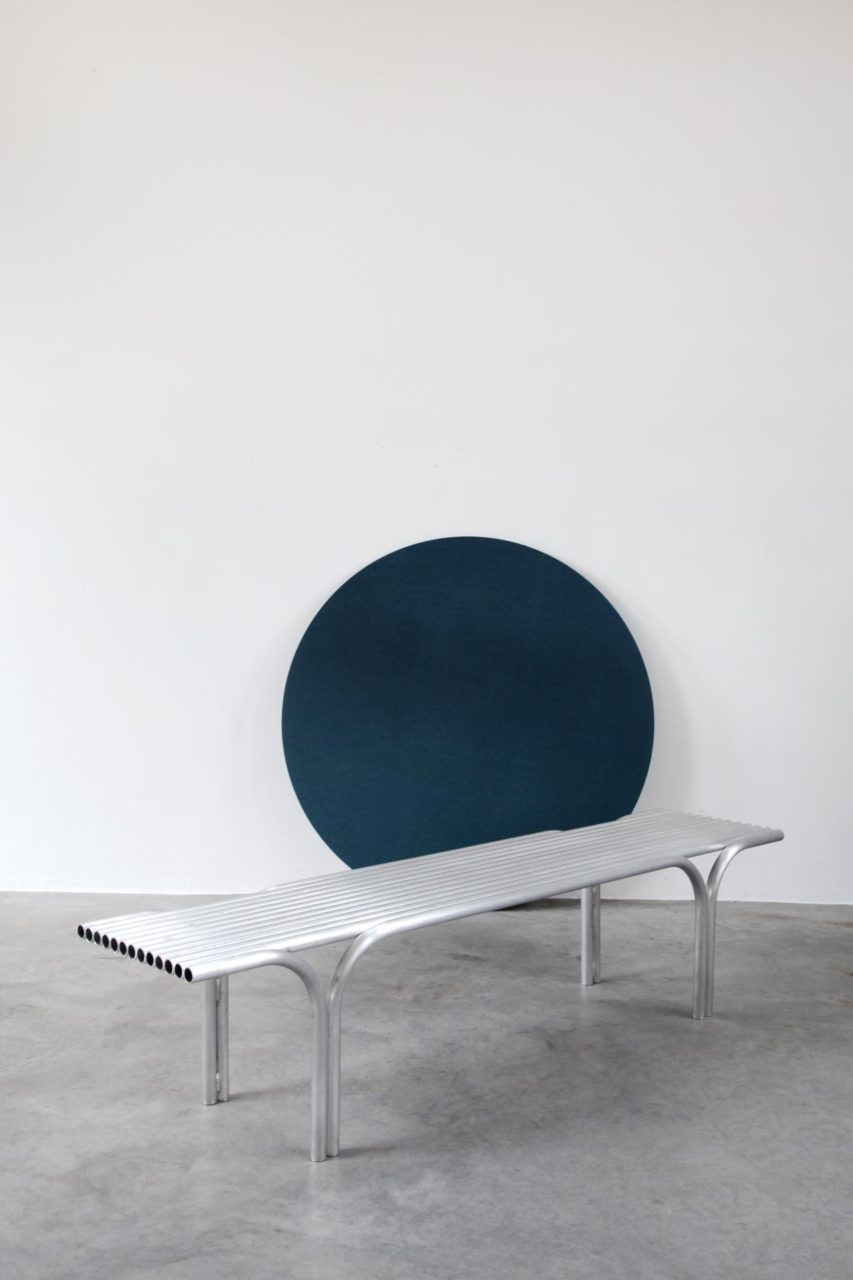
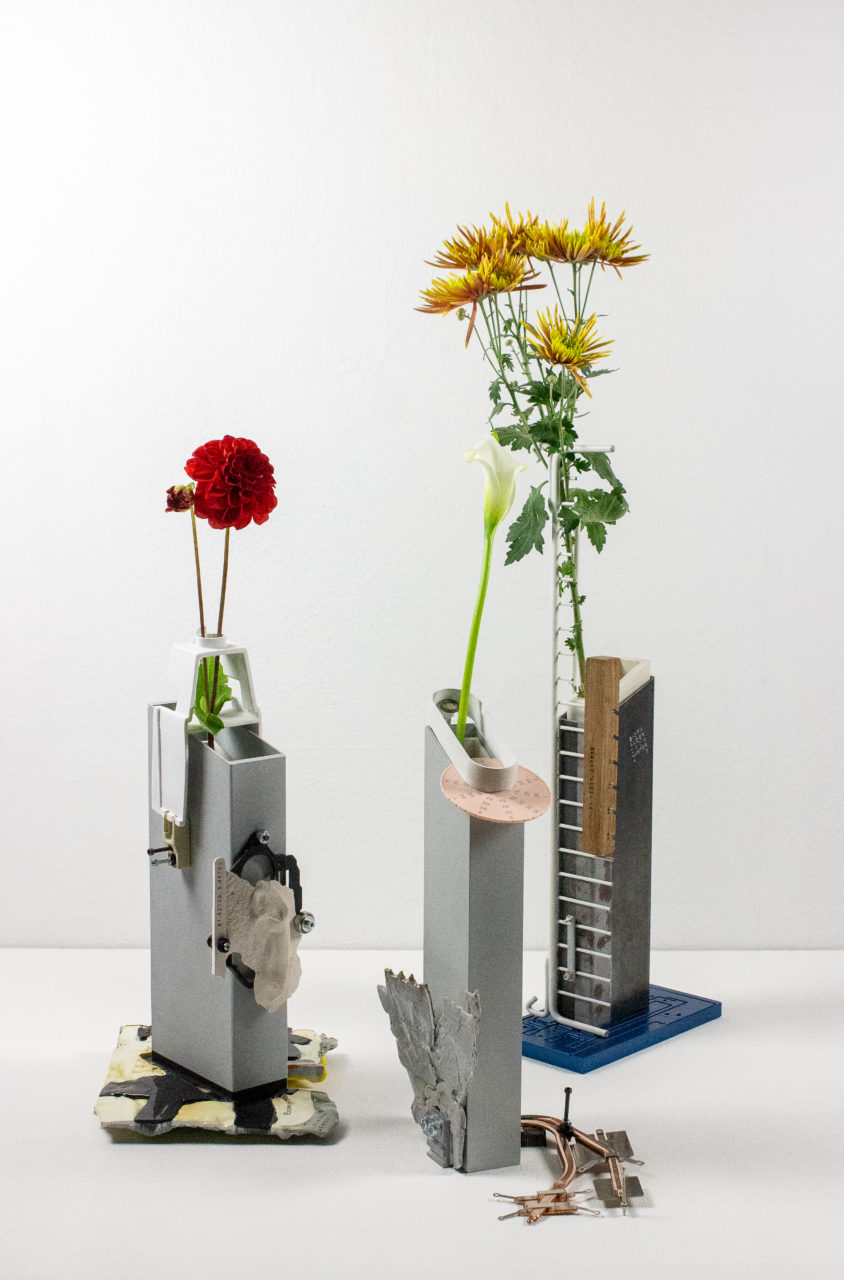
AN: How does COLLECTIBLE bridge the gap between a cultural mandate and commercial viability?
LV: Rather than model the event around a grid of white cubes with narrow walkways, which is the norm at most fairs, COLLECTIBLE is organized like an exhibition but with works for sale, of course. We’re careful to review all the pieces each gallery plans to exhibit and curate the space accordingly. We consider how to intersperse traditional galleries with presentations by independent studios or cultural showcases curated by institutions like the Blue Mountain School or publications like Modern Design Review.
In a rare showing of unity between the country’s different language communities, Belgium’s three main design museums—Brussels’s ADAM, Flanders’s Design Museum Ghent, and Wallonia’s CID Grand-Hornu—are showing together.
AN: Talk about this year’s set design. What will it add to the event?
LV: We’ve always put extra emphasis on this aspect of the event and always try to showcase several approaches. Interior and set design are other facets of the discipline that should also receive recognition. Last year, Studio Verter staged the entrance and the restaurant while Studio Sophie Dries Architecture outfitted the Curated Section. This year, we’re working with Rotterdam-based Tomas Dirrix for the entrance and Studio Studio Doppel on a gradient and earthenware plinth installation for the Curated Show. A Thierry Boutemy flower display will adorn the restaurant.
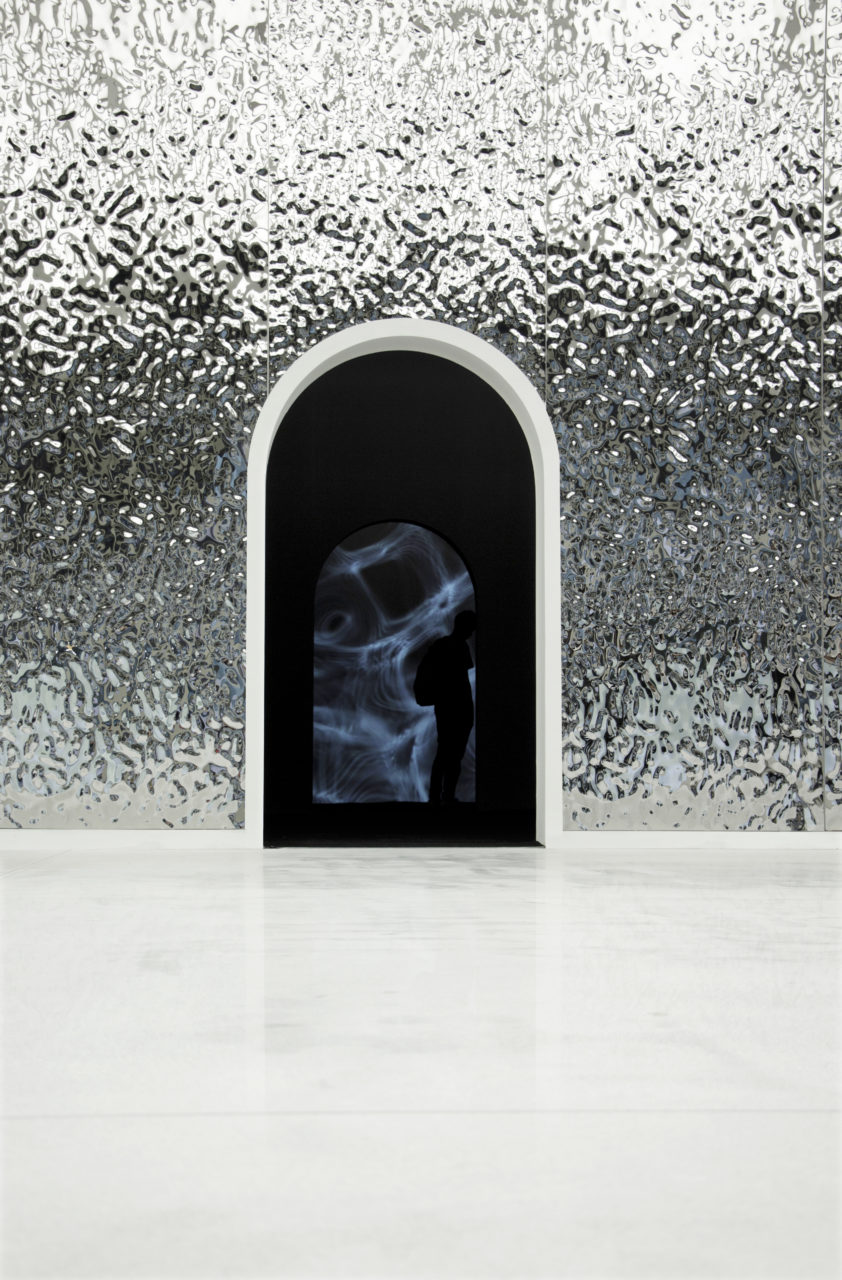
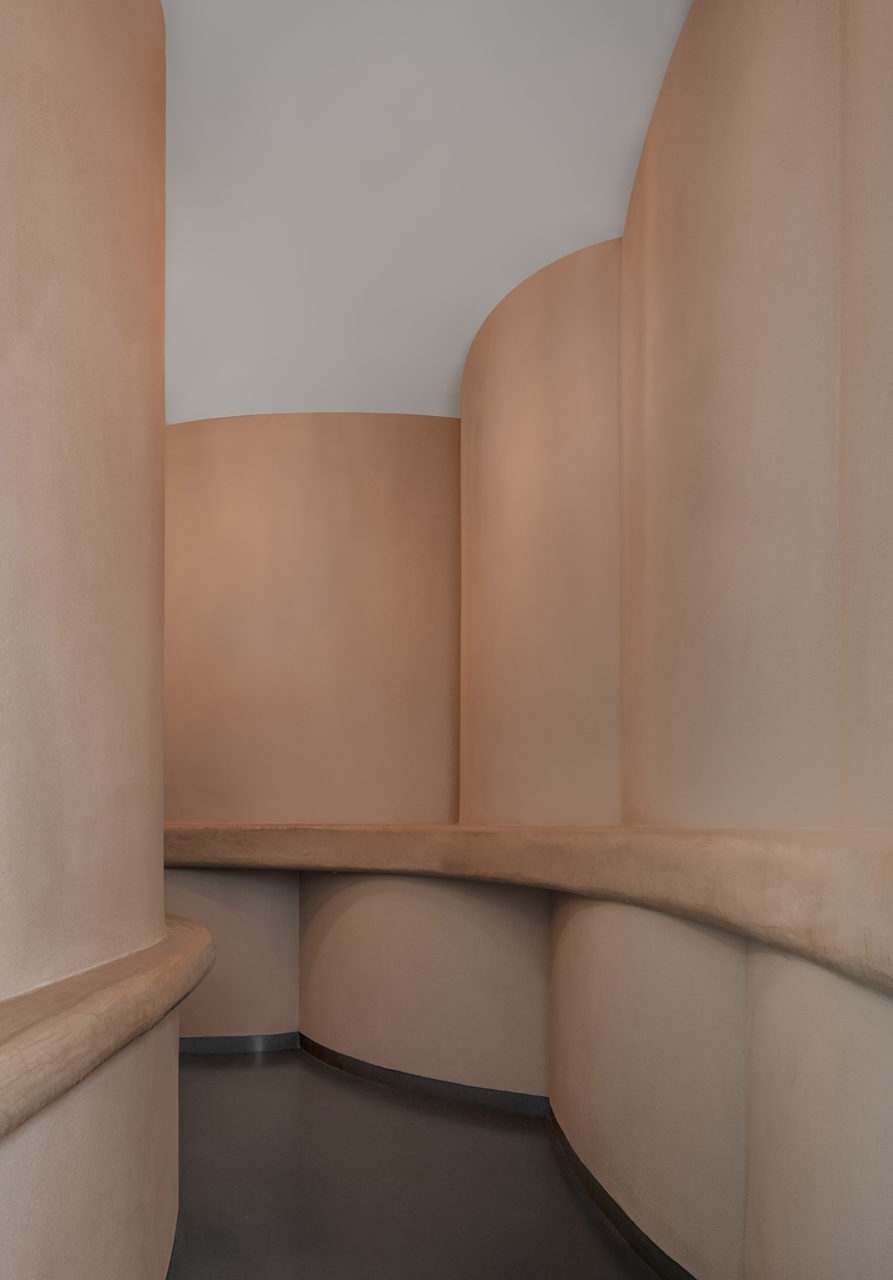
AN: Brussels is becoming a strategic center for the art world, both in terms of production and sales. How does this cultural position translate into collectible design?
CD: Brussels is indeed better known for its connection to the art world. However, the city has a wealth of design talents living and working in its vicinity. Zaventem Atelier, for instance, is a new studio complex on the outskirts of town that houses some of the country’s most promising creatives, including BRUT Collective. Galleries like MANIERA have also played a key role in putting Brussels on the map.
With the well-established TEFAF fair happening in nearby Maastricht around the same time as COLLECTIBLE, our goal is to attract the same crowds and to also establish Brussels as a center for design. When initiating this project three years ago, we received immediate support from the local institutions and the creative community. Brussels rarely sees queues like the one that forms outside our doors on opening night.
AN: In your mind, where should we draw the line between art and design?
LV: Functionality is our guiding principle. It has to be the start point, regardless of the result. For us, this mindset is a way of differentiating ourselves from the art world. We’ve noticed that whenever an art fair attempts to incorporate functional pieces, they lose value. It’s all about context. A collector will not hold a collectible design piece up to the same esteem as a work of art nor a contemporary work up to the same caliber as a historical piece. Our aim to change both outdated perceptions but within a dedicated context.
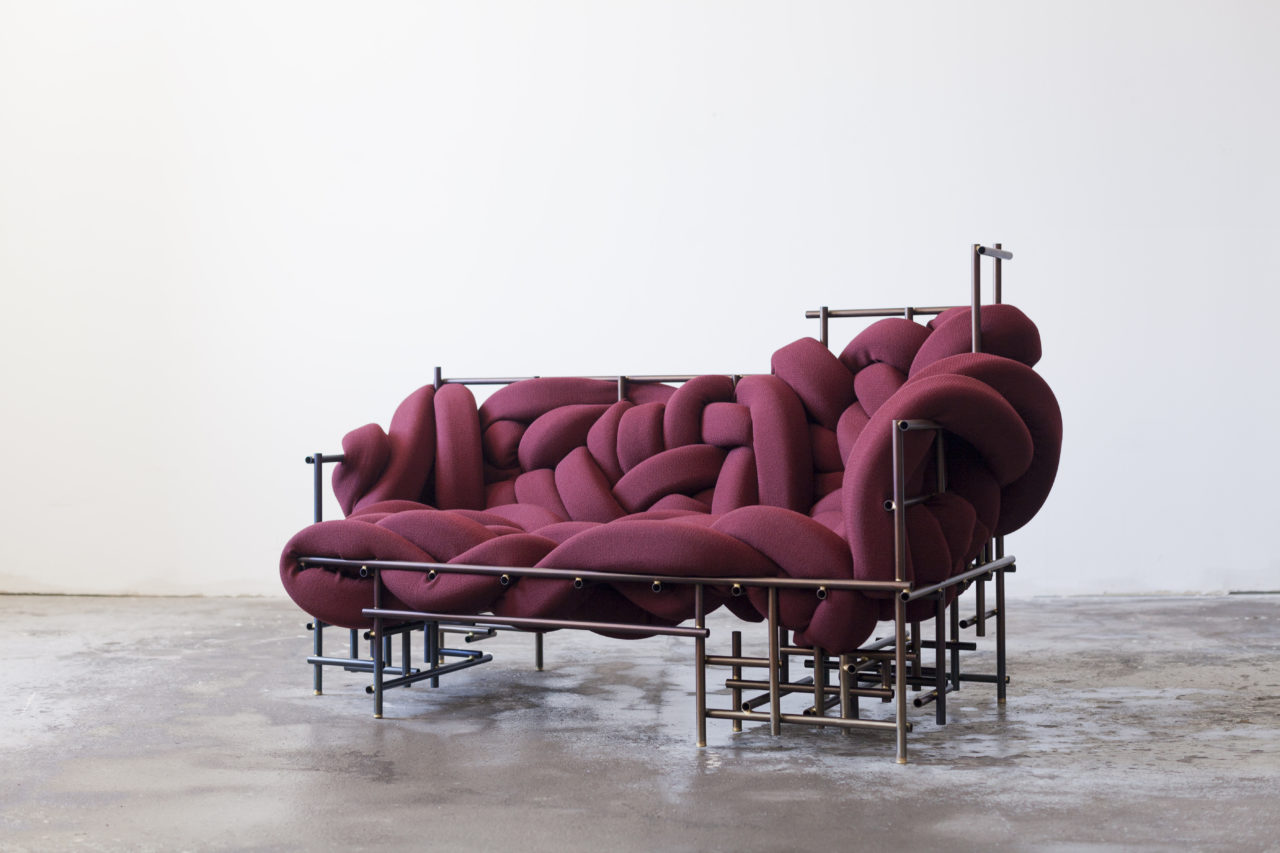
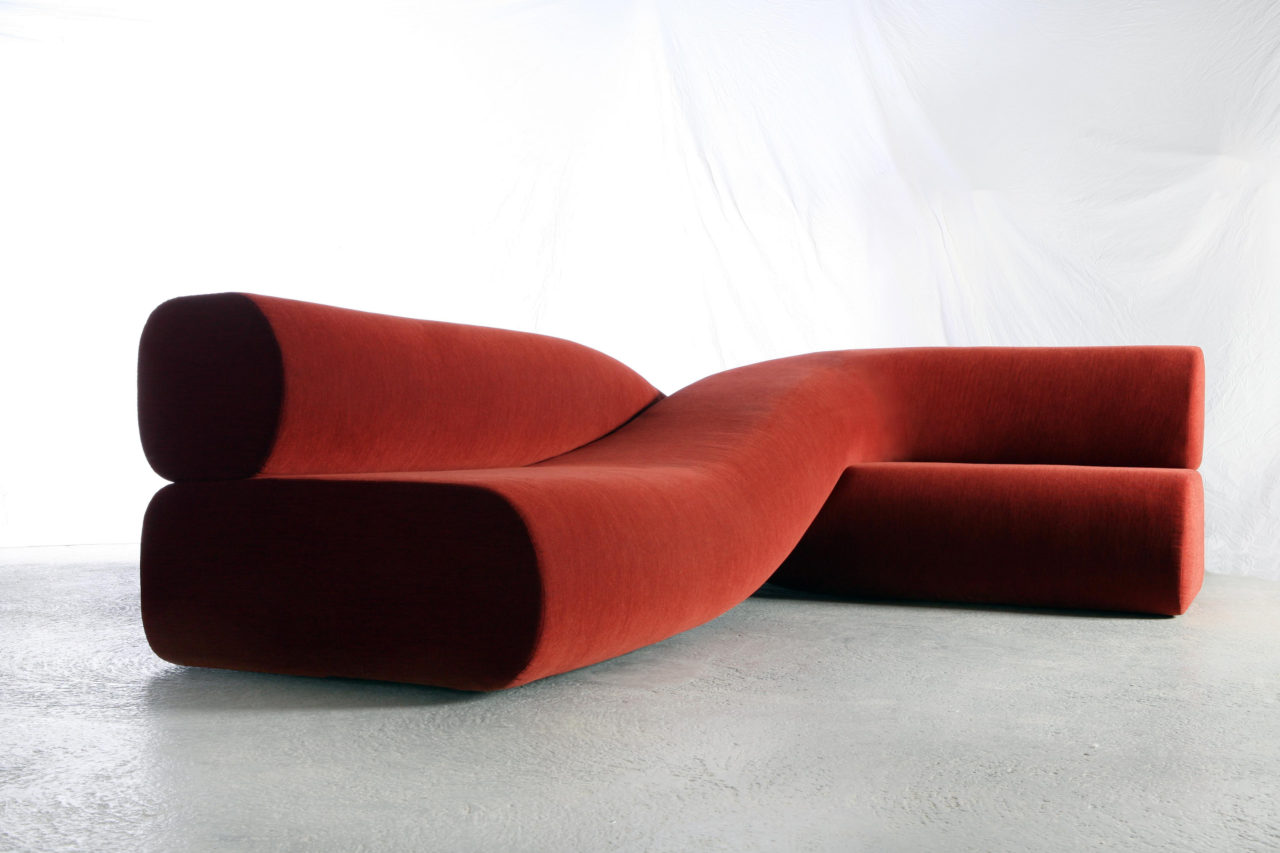
AN: One could argue that certain parts of the collectible design market have begun to play it safe. Galleries are opting to show works by established masters rather than take chances on young, untested talents. How does COLLECTIBLE mitigate this tide of complacency?
CD: Even though we include established galleries in our program, our main focus is on emerging talents. The two are not necessarily mutually exclusive. We travel the world to visit galleries, fairs, design weeks, design studios, graduation shows, and beyond to source young creatives we truly believe in and want to support. We do so by bringing them to Brussels each March.
AN: In this respect, what are the differences between the European and U.S. sectors of the collectible design market?
LV: European galleries are slightly more willing to take risks than their American counterparts. Milan’s Camp Design gallery, Berlin’s Functional Art gallery, and Antwerp’s Everyday Gallery are some of the most cutting-edge platforms. They represent ultra-contemporary work by fledgling designers, which is reflected in COLLECTIBLE’s DNA.
Header image: COLLECTIBLE cofounders Clélie Debehaut and Liv Vaisberg (Miles Fischer)
